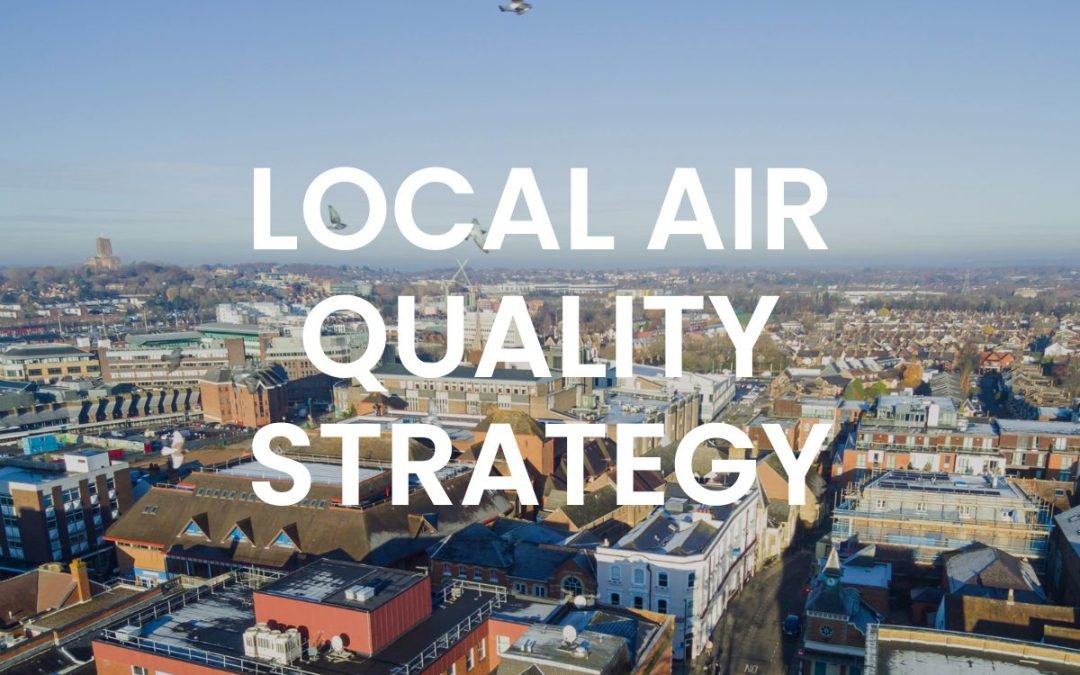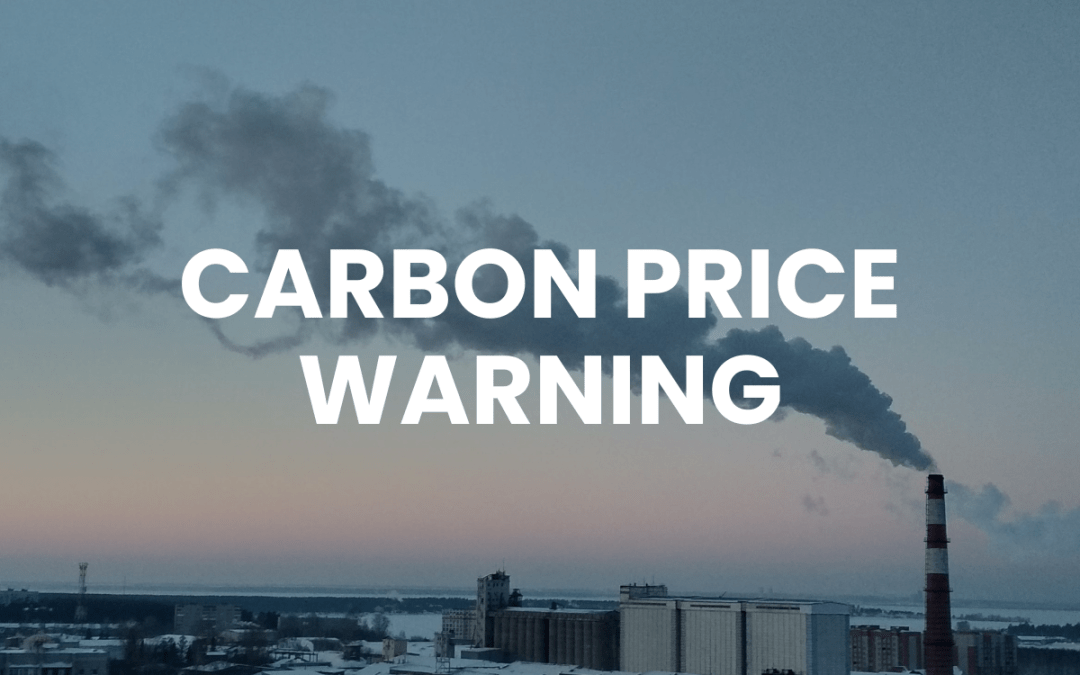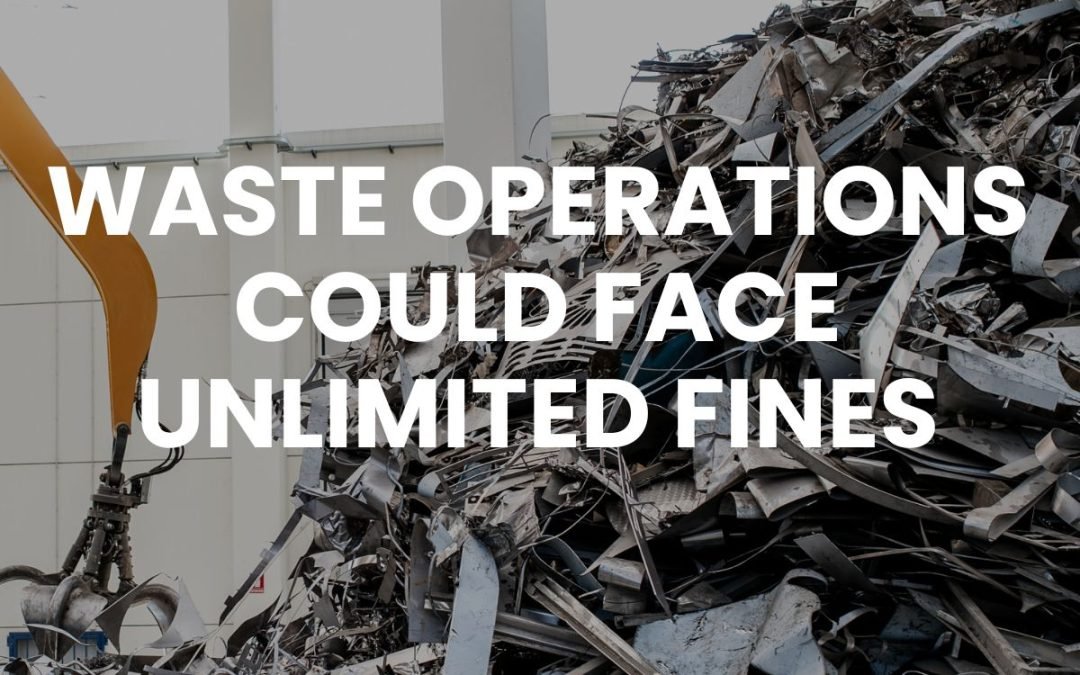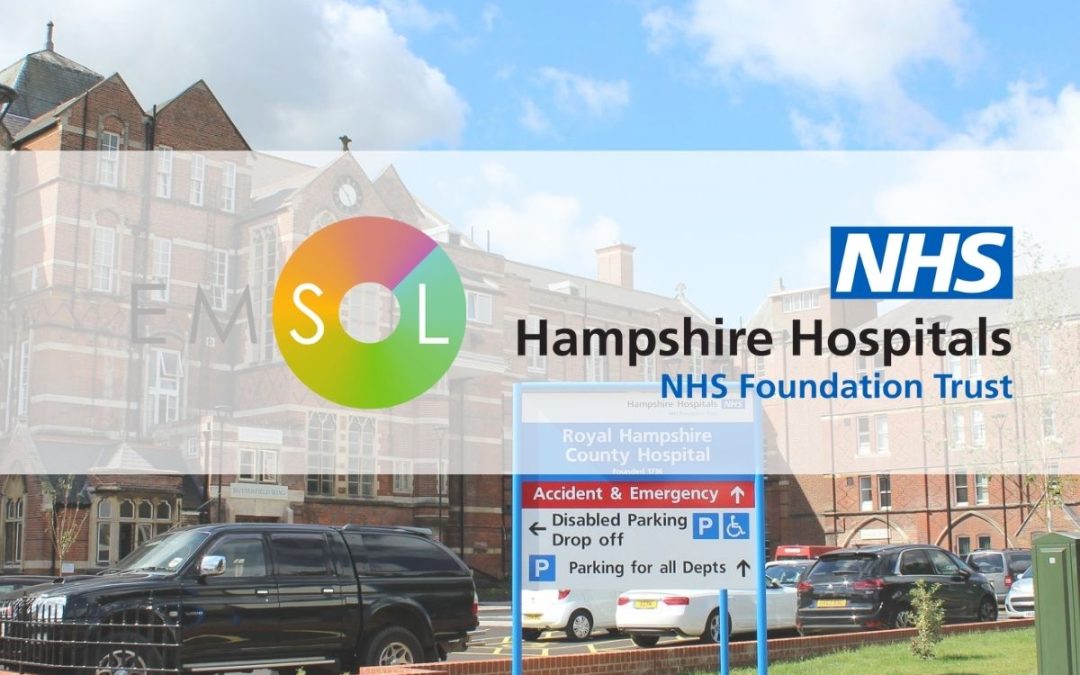Can procurement and supply chain preference be a driving force for environmental change? Or is it just one more factor in the massive trend driving society towards more sustainable business practices.
We know that pressure is all around when it comes to being sustainable. There is pressure from legislation, consumers, and even the employees working at companies. You can check out our research with King’s College London to find out more about consumer preference.
The focus today is on how the ‘power of procurement’ is being used to deliver a cleaner tomorrow. Two great examples have appeared in the public sector lately, with the UK government and the NHS both making bold statements.
UK Government takes a lead on pollution
According to a press release from the UK government, new measures will require businesses to commit to net zero by 2050 and publish clear and credible carbon reduction plans before they can bid for major government contracts.
The rules will support the government’s plan to build back greener by ensuring that potential government suppliers publish plans to reduce carbon emissions across their operations in order to bid for major government contracts. Firms which fail to do so will be excluded from bidding for the contract.
Minister for Efficiency and Transformation, Lord Agnew, said:
The government spends more than £290 billion on procurement every year, so it’s important we use this purchasing power to help transform our economy to net-zero.
A carbon reduction plan sets out where an organisation’s emissions come from and the environmental management measures that they have in place. Some large companies already self-report parts of their carbon emissions, known as Scope 1 (direct) and Scope 2 (indirect owned) emissions.
The new rules will go further, requiring the reporting of some Scope 3 emissions, including business travel, employee commuting, transportation, distribution and waste. Scope 3 emissions represent a significant proportion of an organisation’s carbon footprint.
NHS using influence over suppliers to drive a greening agenda
The NHS is also using its own influence and for good reason! 248 hospitals are in areas where air pollution is above the old World Health Organisation’s limit for fine particulate matter (PM2.5). With the tighter WHO 2021 limit, this figure will look much worse. This makes the air pollution concern a critical one for the NHS, especially when they feel the human and financial costs of pollution.
A report from the NHS estimated that approximately 3.5% (9.5 billion miles) of all road travel in England relates to patients, visitors, staff and suppliers to the NHS, contributing around 14% of the system’s total emissions. This indicates that the NHS has a significant impact on pollution within the UK. However, it also serves a critical role, meaning it must balance this against its commitment to being more sustainable.
The NHS is looking to tackle this by reducing business miles and fleet air pollutant emissions by 20% by 2023/24. The NHS Long Term Plan also calls for a commitment of 90% reductions across the NHS fleet by investing in low, ultra-low and zero-emission vehicles by 2028 and also placing pressure on the NHS’s own supply chain.
With 80,000 suppliers across the country, NHS Trusts will start sourcing from businesses that can evidence Net Zero, sustainable achievements and pollution reduction targets. This will create a multiplier effect which could drive uptake in greener practices and low-emission vehicles.
The NHS is using its vast purchasing power to influence wider supply chain and drive a new standard in sustainability.
Procurement as a trend to drive pollution reduction
With the NHS relying on 80,000 suppliers and the UK government committing around a third of UK government spending into the procurement of goods and services from around 300,000 third-party suppliers, the impact across UK businesses will be considerable.
The Confederation of British Industry supports using procurement to meet sustainability objectives and believes this will lead to wider business adoption of good environmental practices.
Pricing in the cost of pollution
Ultimately, we should understand that the cost of pollution is now being priced into contracts. With the UK government and NHS effectively saying that they are not willing to work with businesses who are not taking responsible steps to reduce pollution. Suppliers who are not willing to factor in this cost and make plans to reduce or evidence their progress, will begin to lose preference to those that can.
In addition, everyday more and more businesses are declaring their ambition to achieve Scope 3 emission targets (here, here, and here). This means that many of the top companies in the world by market capitalisation will only work with suppliers who are also targeting pollution reduction and taking responsibility for their environmental impact.
Between the UK government’s procurement policy, NHS suppliers, and industry pressure a vast range of UK businesses will be impacted. This is going to create a new standard and a new benchmark for business-as-usual operation.
To get ready, businesses need to ensure they can effectively monitor and evidence their environmental performance. EMSOL is already working with big brands such as Waitrose, HS2, and the NHS to do exactly that. Find out more at emsol.io or get in touch for a chat.





